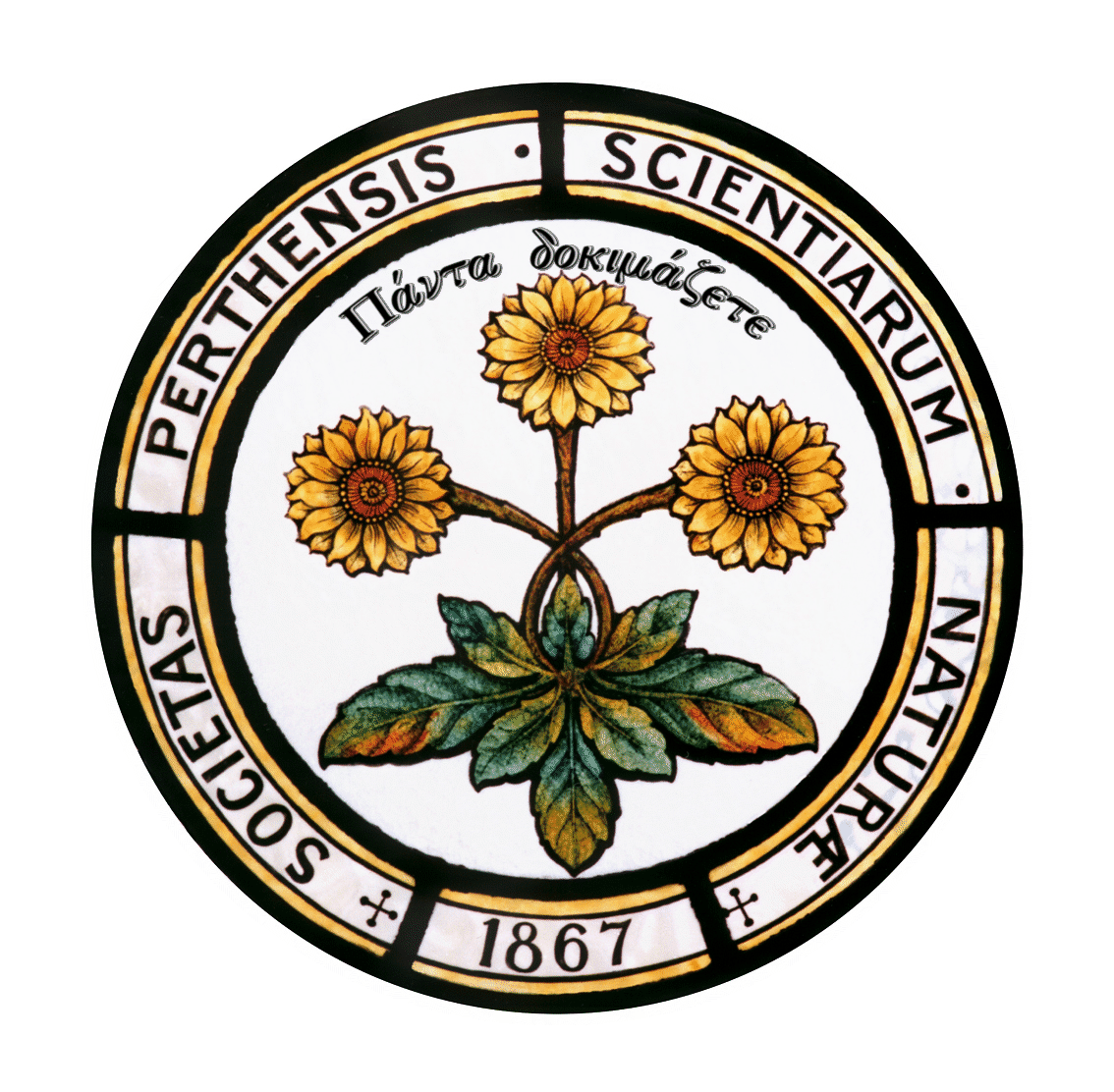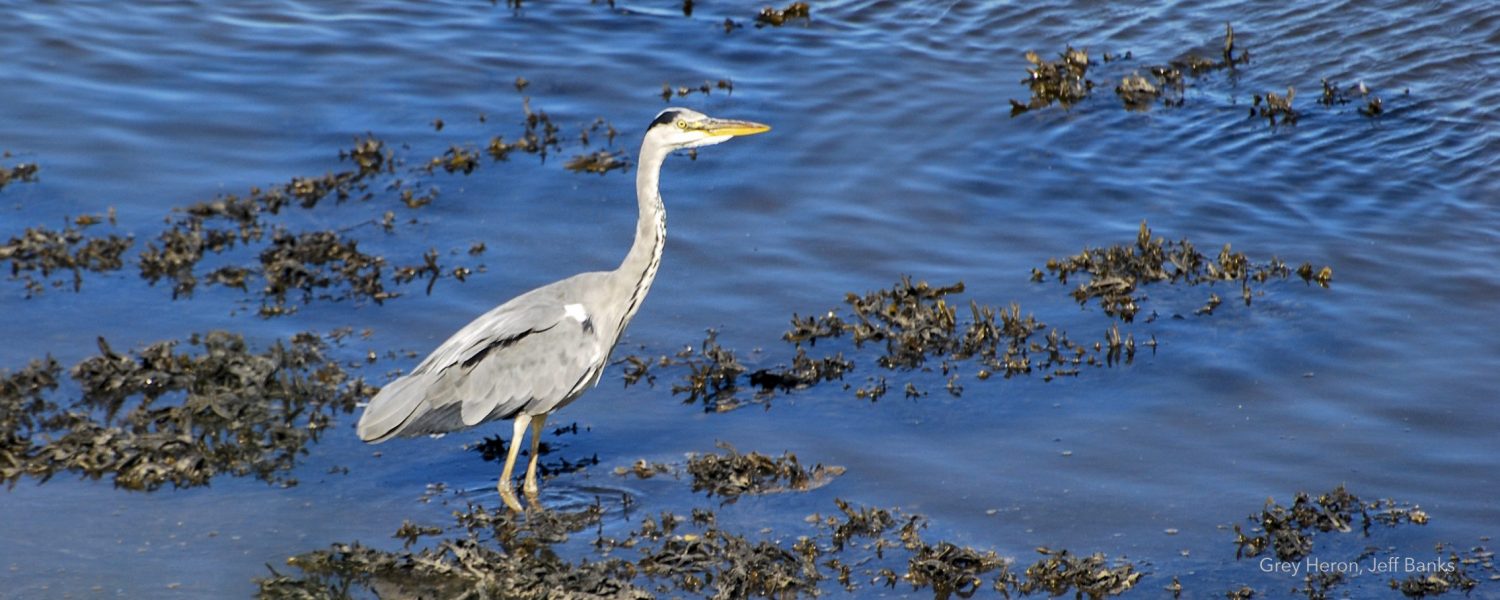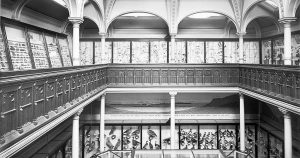PSNS helps found East of Scotland Union of Naturalist Societies with FBW as first President
Category Archives: timeline
1883 Perthshire Natural History Museum opened to the public
Perthshire Natural History Museum opened to the public (Proc i (1880-6), 132)
1881 PSNS occupies the Perthshire Natural History Museum in Tay Street
PSNS occupies the Perthshire Natural History Museum in Tay Street (T&P i, cxxxvi)
1881 PSNS complete a new public Museum
In 1877 Sir Thomas Moncreiffe, 7th Baronet, a first class cricketer and President of PSNS, proposed building a museum and meeting rooms. Four years later, the Moncreiffe Memorial Natural History Museum, named after the late PSNS President, was opened.
The museum was educational, and crowds flocked to the opening event. There were upwards of 7,000 visitors in its first nine months.
1880’s Perth becomes centre of excellence Photography – PSNS Pioneer of Photography – Magnus Jackson
Magnus Jackson (1831-1891) left a unique legacy of around 2,500 glass photographic negatives, which capture life in Perth and Perthshire between the late 1850s and 1890. He was born in Perth on 25 September 1831, and began his photographic career in the early 1850s, soon after the introduction of two new photographic processes – the Daguerreotype process and Fox Talbot’s process which, like the daguerreotype, used the lightsensitive properties of silver salts, but this image was captured as a negative on high quality sensitised paper, thin enough to be translucent and capable of being printed many times. In 1886 he was awarded the 8 Bronze Medal and Diploma of Merit at the International Exhibition of Industry, Science and Art in Edinburgh for his photographs of ferns and foxgloves.
1875 Scientific contribution eg PSNS Member James Croll publishes ‘Climate and Time’

Perthshire native James Croll (1821-1890) was born into impoverished circumstances and his scientific achievements were accomplished in spite of poverty, a lack of formal schooling and in the face of chronic ill health. Croll, who achieved significant recognition in scientific circles as a Fellow of the Royal Society, is now almost exclusively remembered for his pioneering work on climate variability based on changes in the Earth’s orbit. Metaphysics was his ‘favourite study’ and ‘first love’.
1875 Mountain Club founded
With the object of exploring the Perthshire hills, and climbing to a summit every year, the group were active until the beginning of the First World War, and appear to have fallen into abeyance thereafter. Amongst the office bearers of the club were the Cairn Master, the Quaich Bearer and the Geometer. The Club was open to members who had ascended to 3000ft, so it was a custom that new members were initiated into the club on a summit where the quaich would be used for the toasts and libations. The quaich carries the name, ‘Perthshire Mountain Club” and the motto, “Salix Herbacea Floreat” (“Let the Least Willow Flourish”) around the rim. The Geometer is inscribed “PSNS (Mountain Club) PERTH.” Would it be used to measure the mountain, or, possibly, to record the pressure to relate to the weather, and also for recording the altitude for specimens found?
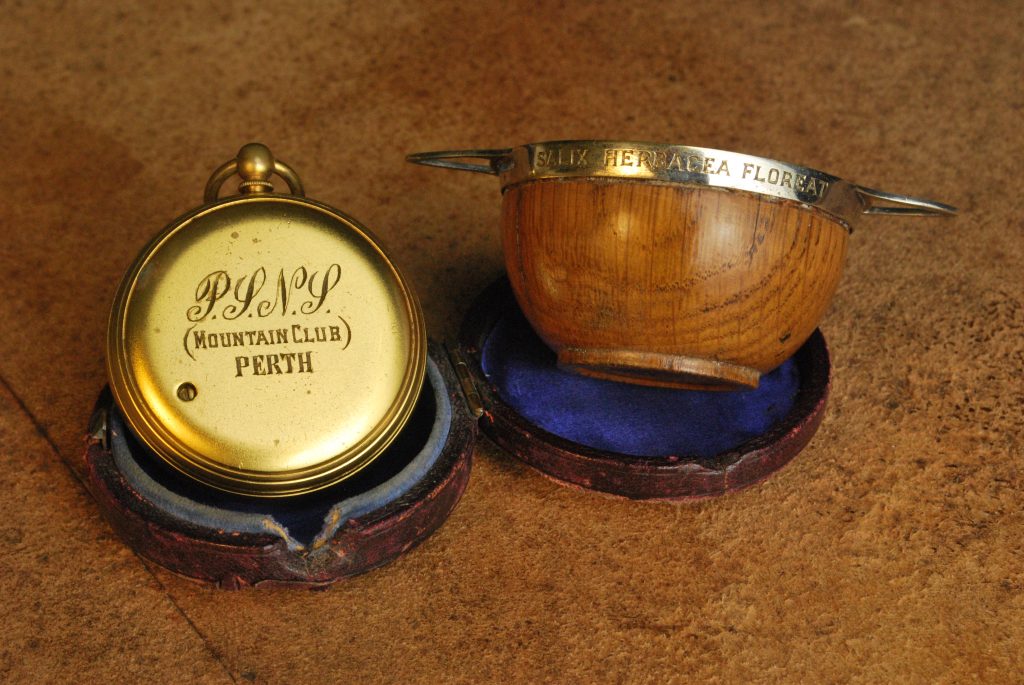
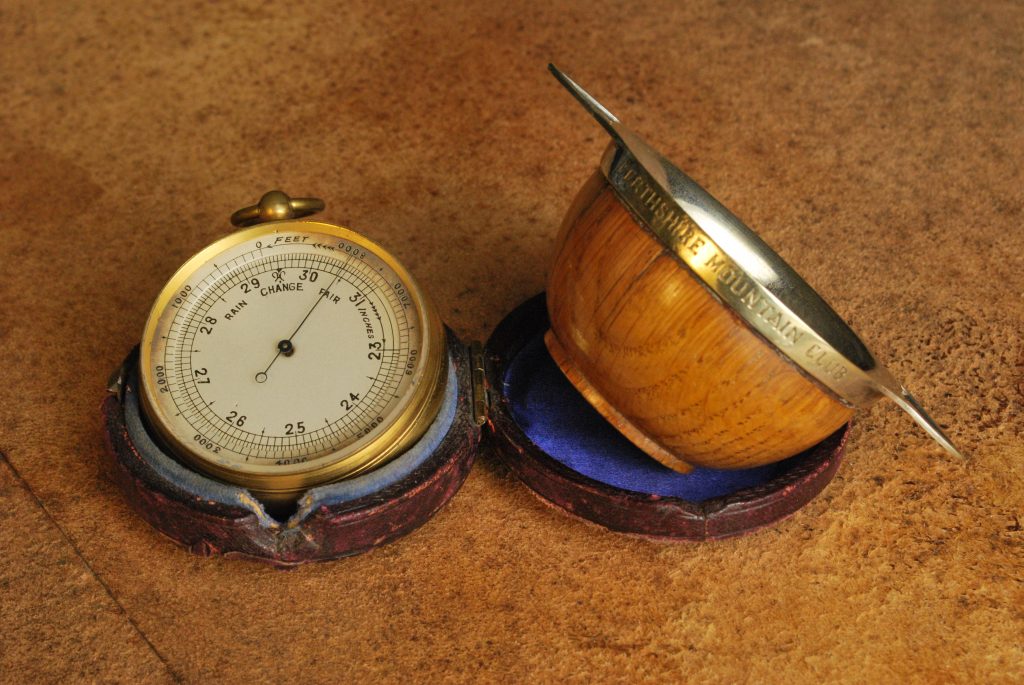
1874 Women become PSNS Members
1872 -76 The Challenger Expedition
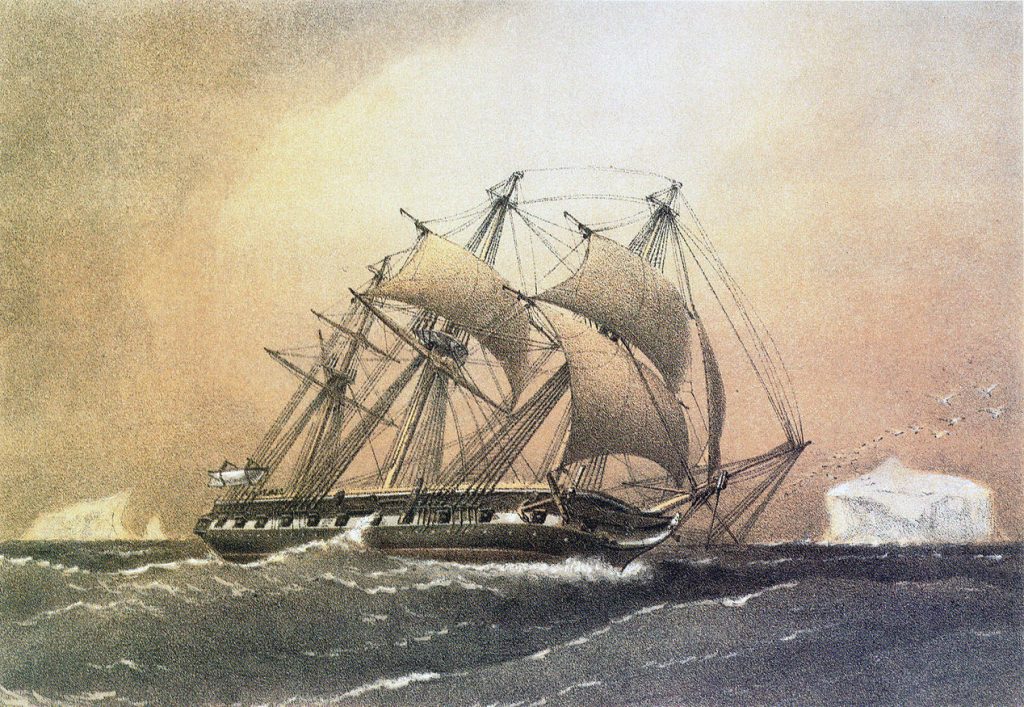
44 volumes of the Challenger Reports are in the PSNS library. In 1896/97 they were presented, upon the recommendation of the ‘father of oceanography’ Sir John Murray, to PSNS by the government, an indication the high status the Society had in the world of science during Victorian times.
1871 PSNS starts publishing learned journals eg The Scottish Naturalist Magazine and subsequently its own jounals
PSNS publishes the Scottish Naturalist until 1878. 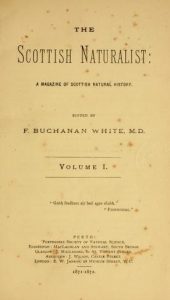
“In the matter of contributions, suggestions have been made that more papers of a ” popular” nature should be introduced. The Editor has no objections to insert such papers, always provided that science and truth be not relinquished (as is too often the case) for the sake of ‘popularity.’ ” F Buchanan White 1872
1871 Sir Thomas Moncreiffe proposes the building of a museum
Sir Thomas Moncreiffe proposes the building of a museum and meeting rooms for the PSNS (Proc i (1880-6), 37)
1871 Support for networking eg. Cryptogamic Society of Scotland founded
PSNS instrumental in founding the Cryptogamic Society of Scotland (cryptogam) whose first meeting was held in Perth (T&P i, xxx)
1871 Civic Involvement eg PSNS meeting resulted in a great extension of the water supply
A meeting of the PSNS on the water supply of Perth resulted in a great extension of the supply (Transactions and Proceeding of the Perthshire Society of Natural Science, xxx)
1870 Meeting-room was hired in St Ann’s Lane
Meeting-room was hired in St Ann’s Lane (Proc i (1880-6), 36)
1869 DNA discovered?
Swiss researcher Friedrich Miescher, who was originally trying to study the composition of lymphoid cells (white blood cells). Instead, he isolated a new molecule he called nuclein (DNA with associated proteins) from a cell nucleus.
